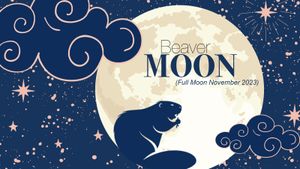Snapshots
As we commence the journey of 2024, the lunar calendar unfolds with a spectacular display of celestial events, each full moon adorned with its unique name and significance. Join us as we traverse the lunar landscape, from the mystical Wolf Moon in January to the chilling Cold Moon in December. These names, rooted in tradition and folklore, offer a glimpse into the cultural association woven around the lunar phases.
Checkout 2024 lunar full moon calendar
Wolf Moon

Date: 25 Jan 2024
Time: 12:54 pm
Significance: The Wolf Moon will illuminate the skies. This name is derived from its appearance in the winter month of January, aligning with the increased activity and howling of wolves during this season.
Snow Moon
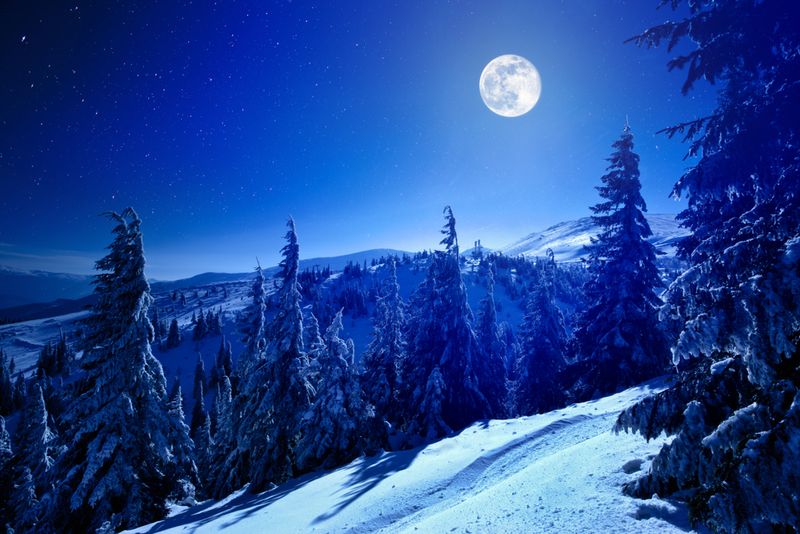
Date: 24 Feb 2024
Time: 7: 30 am
Significance: The Frost Moon emerges in February, named after the typical snowfall in the Northern Hemisphere during this period. It's also referred to as the Hunger Moon, denoting potential food scarcity in regions experiencing harsh winter conditions.
Worm Moon
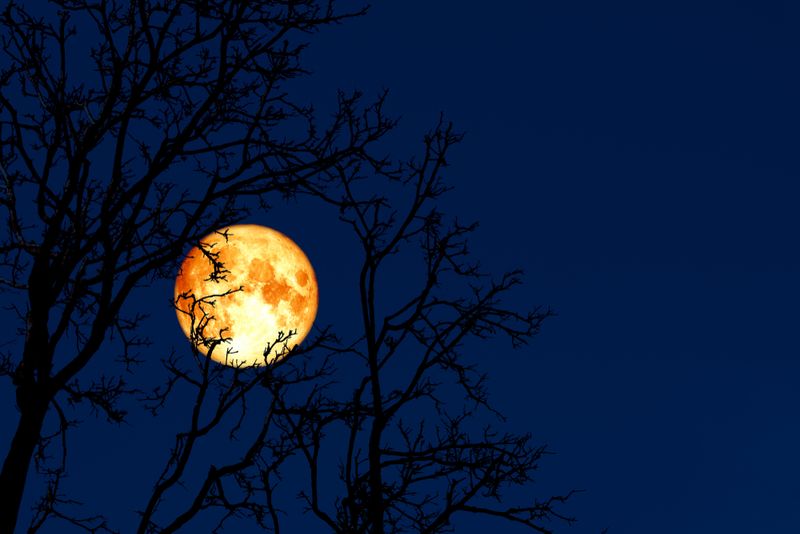
Date: 25 March 2024
Time: 3: 00 am
Significance: The Thawing Moon, appearing in March, gets its name from the ground thawing and earthworms emerging in warmer areas, typically around the equinox. This signals the end of winter and the start of regrowth in nature.
Pink Moon
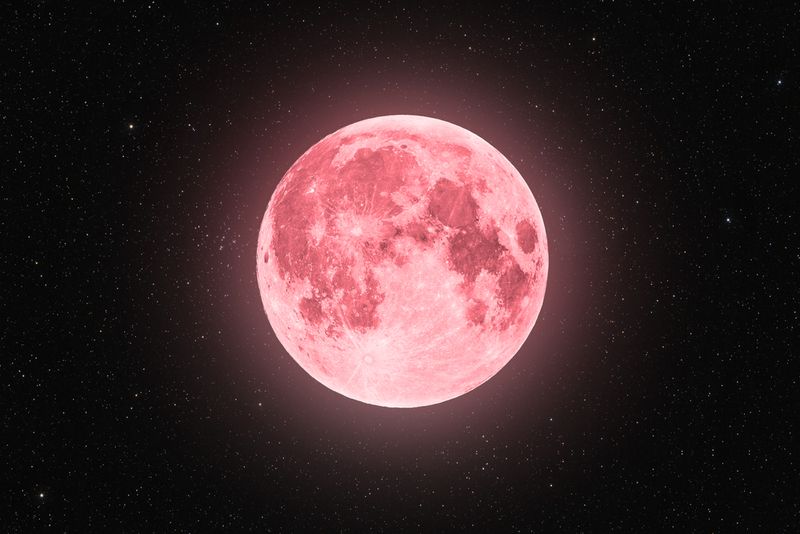
Date: 23 April 2024
Time: 7:49 pm
Significance: The Rosy Moon, the initial full moon post-spring equinox, earns its name not from its appearance, but from the vibrant pink flowers, specifically the wild ground phlox (Phlox subulata), that bloom beneath it.
Heads Up: The Rosy Moon is also known as the Breaking Ice Moon, Budding Moon, Awakening Moon, Paschal Moon, Sprouting Grass Moon and Egg Moon.
Flower Moon
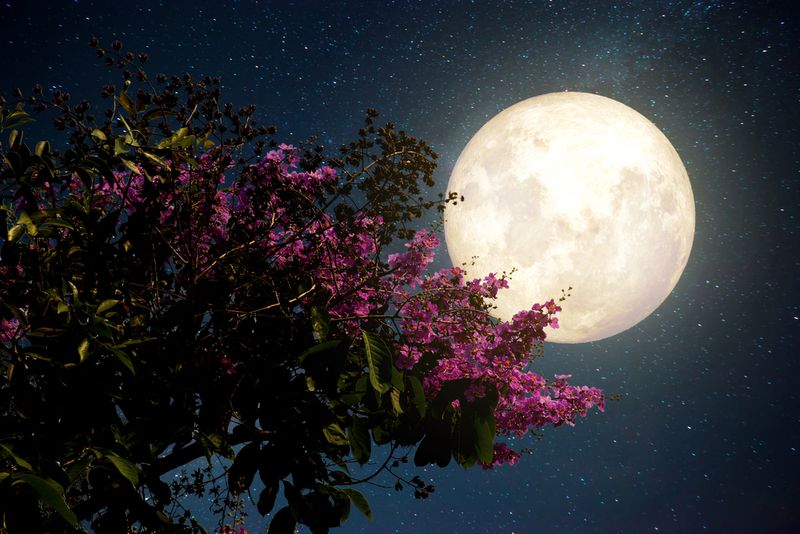
Date: 23 May 2023
Time: 9: 53 am
Significance: The Blossom Moon, May's first full moon, is named in tribute to the myriad flowers in bloom in the Northern Hemisphere during this time. It signifies the beauty of nature and the abundance that follows winter. Alternative names for the May full moon include the Planting Moon, the Milk Moon, and the Hare Moon.
Strawberry Moon
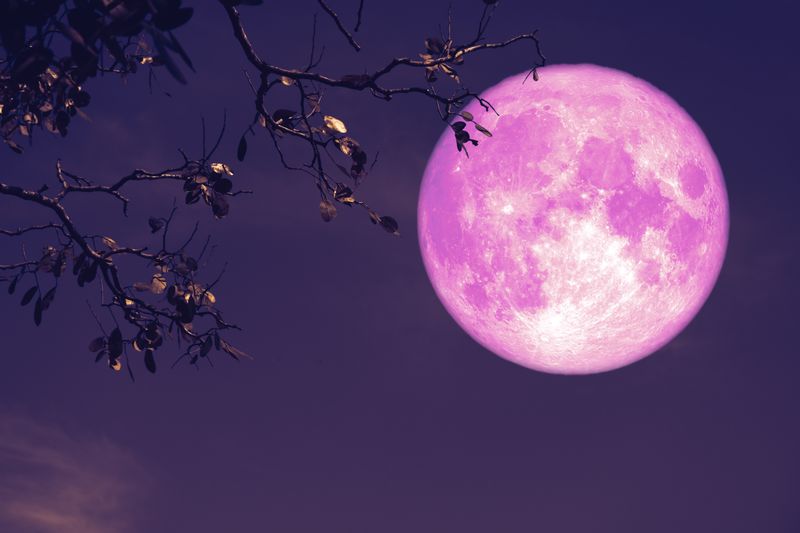
Date: 21 June 2024
Time: 9: 08 pm
Significance: June's full moon is christened the Red Berry Moon, recognizing the ripening of wild strawberries that could be gathered by Native American tribes. Other indigenous names include Berries Ripen Moon, Green Corn Moon, and Hot Moon.
Sturgeon Moon
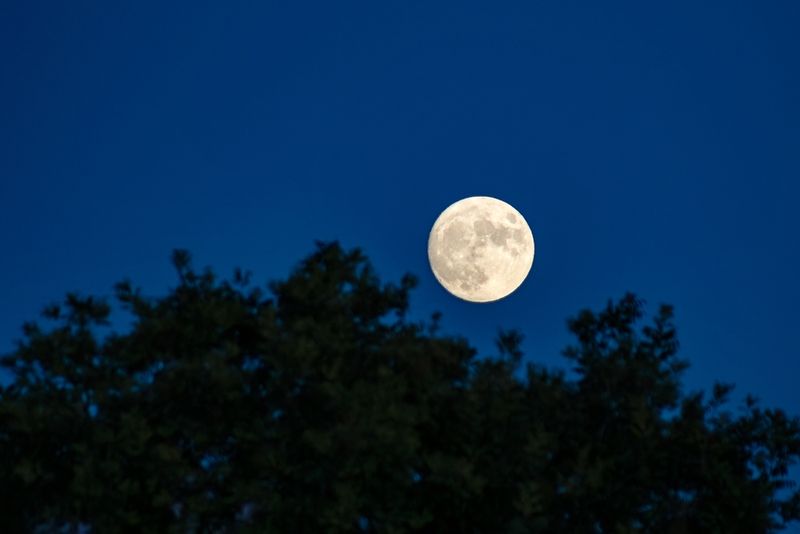
Date: 21 July 2024
Time: 6: 17 am
Significance: The Sturgeon Moon derives its title from Native American tribes in the Great Lakes region associating August with the abundance of sturgeon fish. The lake sturgeon, the oldest and largest native species in the Great Lakes, is the focal point.
Blue Moon
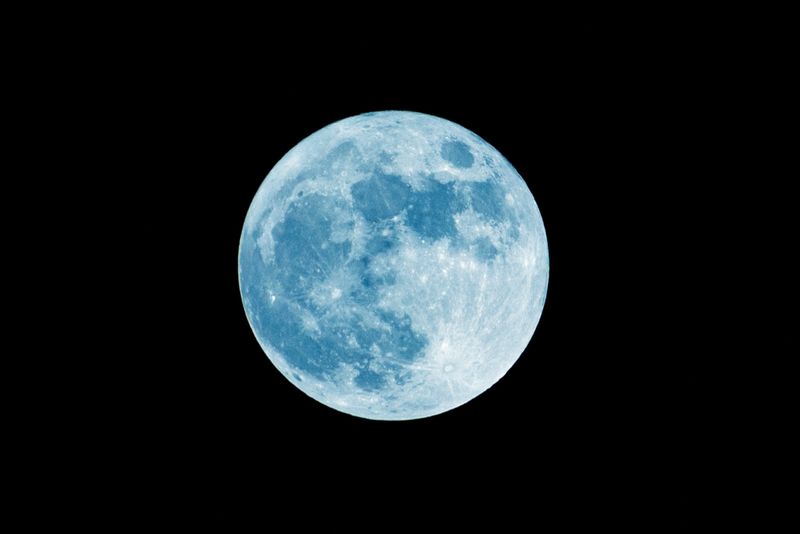
Date: 19 August 2024
Time: 2: 26 pm
Significance: If an event occurs ‘once in a blue moon’, it's considered rare. The next calendrical blue Moon will be on 31 May 2026. A blue moon occurs when a season boasts four full moons instead of the usual three. In 2024, the summer will have four full moons: 21 June, 21 July, 19 August and 18 September. Because the August full moon is the third full moon of the summer, it will be the Blue Moon. This full moon also claims the distinction of being the first Supermoon of 2024.
Harvest Moon
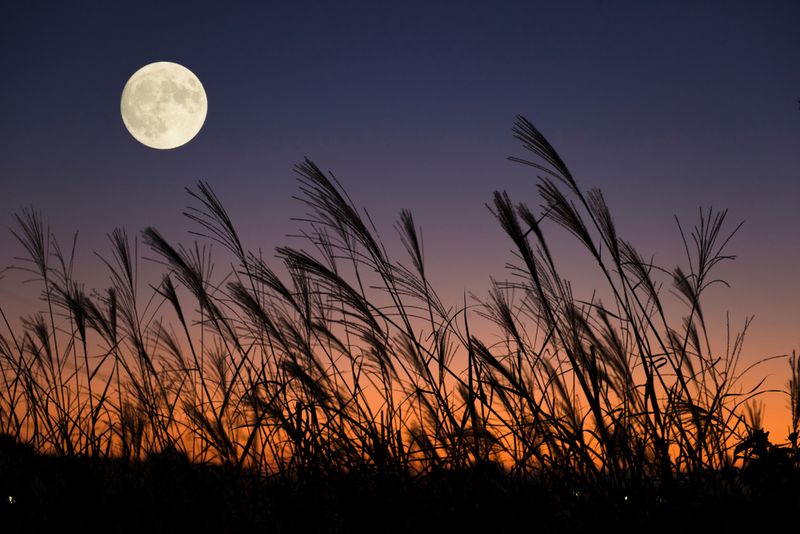
Date: 17 September 2024
Time: 10: 34 pm
Significance: The Harvest Moon illuminates September's skies, also known as the Harvest Moon, named after the harvest season for corn and barley.
Hunter Moon

Date: 17 October 2023
Time: 7: 26 am
Significance: Also known as the blood moon or sanguine moon. This full moon, closest to the autumnal equinox, derives its name from the Algonquin Native American tribe and traditionally marks the time to hunt and store meat for the winter.
Beaver Moon

Date: 15 November 2024
Time: 4: 28 pm
Significance: The Beaver Moon takes its name from the fact that beavers begin to seek shelter in their lodges and gather food stores at this time of year.
Cold Moon
Date: 15 December 2024
Time: 4: 02 am
Significance: The cold Moon graces the skies. This name is given due to the customary snowfall in the Northern Hemisphere during February. Additionally, it is sometimes called the Hunger Moon, signifying the possibility of food scarcity in areas facing severe winter conditions.
Differentiating full moons from new moons
A full moon occurs when the Earth is positioned between the Sun and the Moon, revealing the entire face of the moon. In contrast, during a New Moon, the Moon is situated between Earth and the Sun, concealing its Earth-facing side in darkness.
The impact of the full moon on tides
The moon's gravitational pull causes the Earth's waters to bulge, leading to the formation of tides. During both full and new moons, when the Sun, Earth, and Moon align, ‘spring tides’ occur. These tides can reach unusually high or low levels due to the combined gravitational influences of the Sun and Moon.
Full moons and human behaviour
While various stories suggest that full moons influence human behaviour, causing heightened restlessness or even lunacy, scientific analyses have largely debunked these claims. Nevertheless, the legend persists, fueling our collective fascination with the Moon and its perceived impact on our lives. Full moons, in their varied manifestations, serve as a testament to humanity's enduring enchantment with the cosmos. They not only evoke our celestial connection but also ground us in Earth's rhythmic cycles. Whether you're an avid stargazer or an occasional night sky admirer, Full moons consistently demand our attention, inviting both introspection and wonder.



